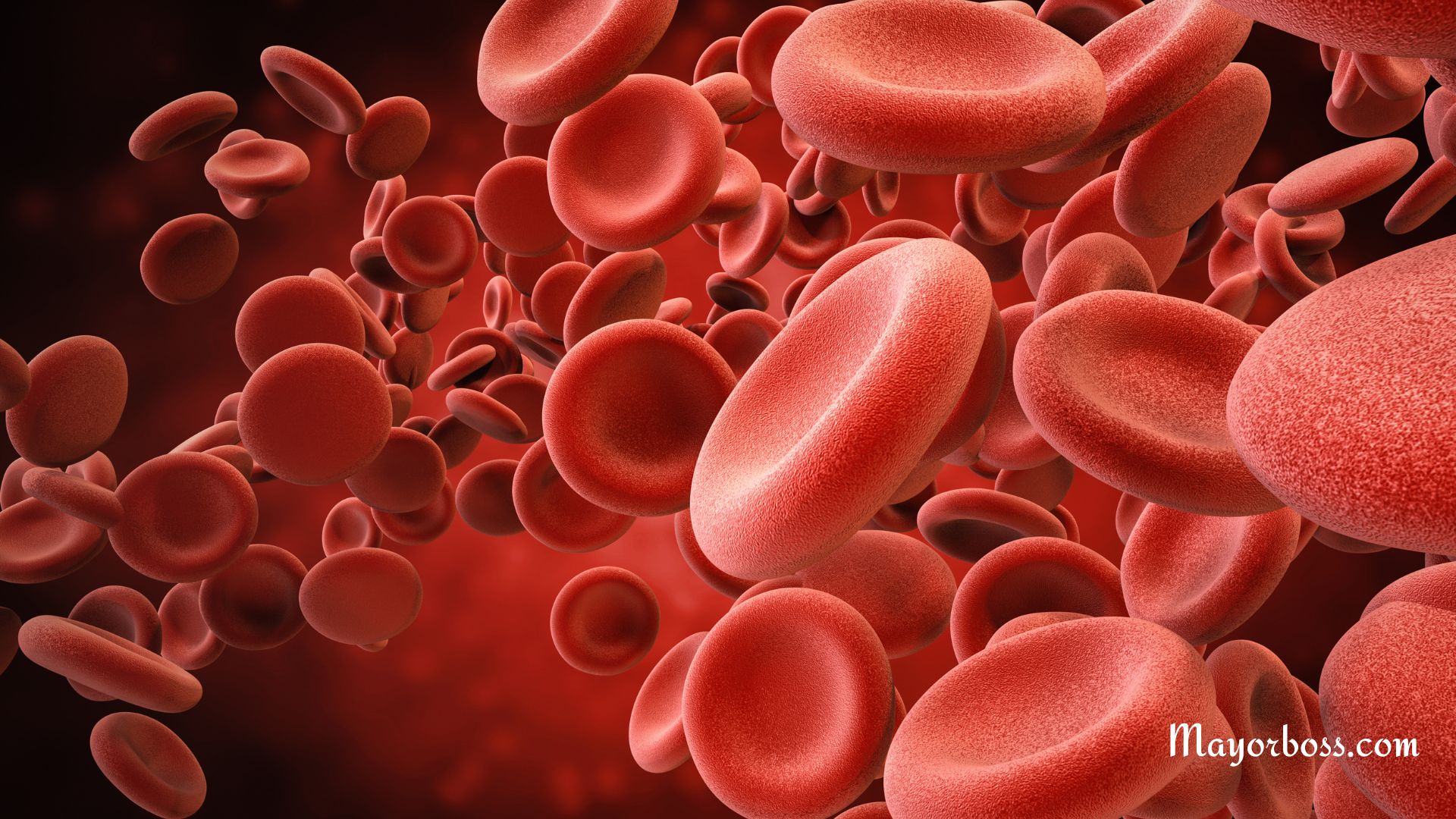Hemoglobin: Definition & Function
Hemoglobin, a term you might have heard in a biology class or during a routine health check-up, is more than just a component of your blood. It’s a fascinating molecule with a critical role in your body. This article will explain more about what hemoglobin is, its function, and why it’s so vital for your overall health.
Understanding Hemoglobin

When you think of blood, you likely picture a red liquid. This color comes primarily from hemoglobin, a protein found in red blood cells. But hemoglobin is more than a pigment; it’s a complex molecule with an essential role in your physiology.
The Basic Structure
Hemoglobin comprises four protein subunits, each containing an iron atom. This structure is not just for show; it’s crucial to hemoglobin’s function. The iron atoms allow hemoglobin to bind to oxygen in your lungs and then release it to tissues throughout your body.
The Vital Role of Hemoglobin
You know how important oxygen is for survival, right? Every cell in your body needs it to produce energy. Here’s where hemoglobin becomes a star player.
Oxygen Transportation
Hemoglobin picks up oxygen in the lungs and carries it through the bloodstream to various parts of your body. Once it reaches the cells, hemoglobin releases the oxygen, enabling cellular respiration – the process that powers your cells.
CO2 Removal
But hemoglobin’s job isn’t done after delivering oxygen. It also helps in removing carbon dioxide, a waste product of cellular respiration. Hemoglobin transports CO2 back to your lungs, where it’s exhaled.
pH Regulation
Interestingly, hemoglobin also plays a role in maintaining the pH balance of your blood. By binding to hydrogen ions, it helps keep your blood from becoming too acidic or too alkaline.
Hemoglobin and Your Health
Given its crucial functions, it’s no surprise that abnormal hemoglobin levels can be a sign of health issues.
Anemia
Low hemoglobin levels usually indicate anemia, a condition where your body doesn’t have enough healthy red blood cells. This can lead to fatigue, weakness, and other health problems.
Polycythemia
On the other hand, abnormally high hemoglobin levels can suggest polycythemia. This condition can increase the risk of blood clots and other complications.
Hemoglobinopathies
Certain genetic conditions, like sickle cell anemia or thalassemia, affect hemoglobin’s structure and function, leading to various health problems.
FAQs
What are normal hemoglobin levels?
Normal hemoglobin levels vary based on age and gender. Generally, for adults, it’s around 12 to 16 grams per deciliter for women and 14 to 18 grams per deciliter for men.
Can diet affect hemoglobin levels?
Yes, diet plays a role. Iron-rich foods, like red meat, beans, and spinach, can help maintain healthy hemoglobin levels.
How is hemoglobin measured?
Hemoglobin levels are typically measured through a blood test, often part of a complete blood count (CBC).
In summary, hemoglobin is a vital protein in your blood, essential for transporting oxygen, removing carbon dioxide, and maintaining pH balance. Its levels in your blood are a good indicator of various health conditions, making it an important focus in medical diagnostics and treatments.
